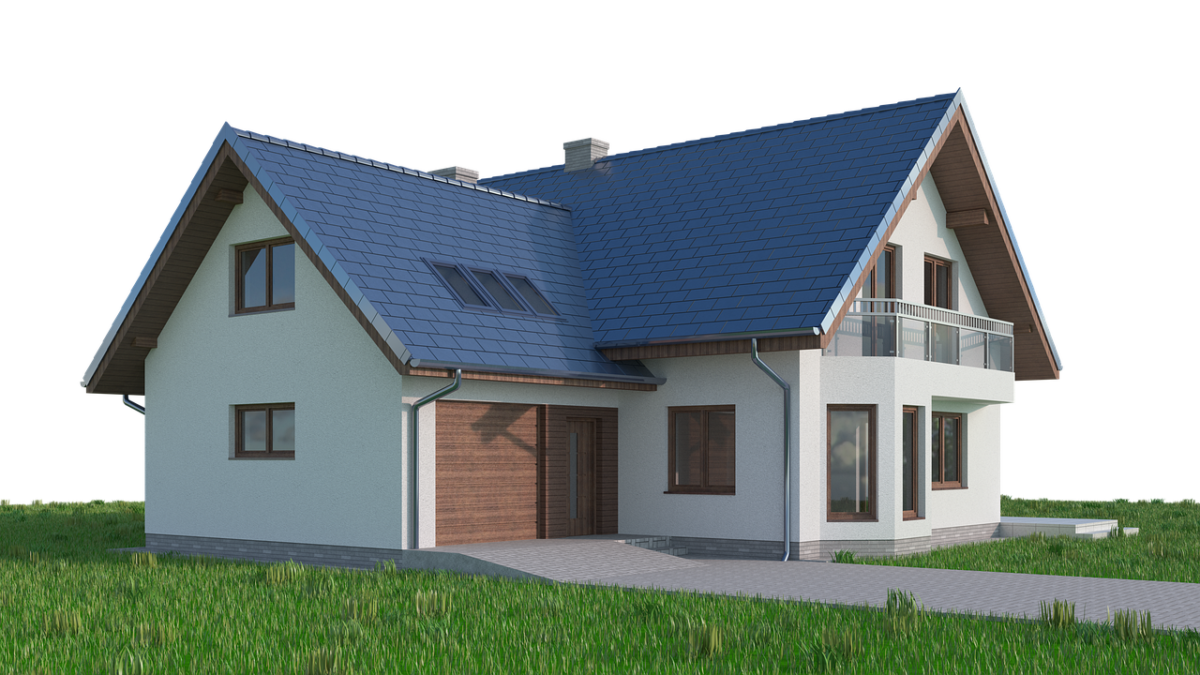Any facing material that is permanently attached to the exterior of a house, such as stone, brick, timber cladding, or renders, is referred to as house cladding. The protective “skin” of a house is exterior cladding, often known as siding in the United States. The design of your home depends heavily on the house cladding you choose. It will not only define the property’s general appearance but also how much upkeep is necessary to keep your house looking its best.
There is a ton of possibilities available. Your decision will be influenced by your budget, the construction of your home, and the materials that are frequently utilized in the area.
You should consider the various configurations, finishes, looks, and colours while selecting the proper cladding. Start by determining which areas of your house or building require cladding and making note of which ones are subjected to more intense heat, cold, rain, or sun. An eight-point plan has been put together to assist you throughout the procedure.
This blog talks about materials, styles, pricing, and other factors related to house cladding, which can significantly affect both the appearance and functionality of your home.
What is timber cladding?
Timber cladding is a very adaptable material that works well for incorporating into construction plans and producing eye-catching façades. Timber cladding is a great material option for many different projects because it can be sourced responsibly and lasts for many years.
Benefits of timber cladding
Timber cladding has a long lifespan. Timber cladding is the material for you if you’re seeking durable materials (and who isn’t?). Timber cladding can easily endure between 40 and 60 years, if not longer if it is placed neatly and properly cared for.
Benefits of Timber Cladding for Health
Modern educational and commercial buildings frequently use timber cladding, and its popularity is for reasons other than aesthetic appeal. It has been demonstrated that timber cladding provides health advantages, from lowering stress to boosting productivity. Whether creating a hospital or educational facility, architects can dazzle by utilizing timber cladding and allowing people to benefit.
Sustainable Timber Cladding
Timber cladding is a sustainable option because it is a material that is perpetually renewed as trees grow. Timber cladding has another outstanding environmental benefit in that it is essentially carbon neutral. Compared to other common building materials, trees naturally absorb CO2 and release oxygen, balancing any emissions far better.
Great Looking Timber Cladding
There is no denying the beauty of timber cladding. Timber blends in well with the natural environment, resulting in a seamless integration of the environment and structures. It infuses metropolitan environments with wildlife, breaking up the monotony. Any passer-by’s attention is captured by the spectacular façades created by timber cladding.
Natural Changes Occur in Timber Cladding Over Time
Weathering is the process through which wood siding undergoes gradual aesthetic changes because of the effects of the environment. Although it may seem harmful, weathering can be a beautiful development, giving your cladding a lovely grey lustre while also naturally altering its appearance.


